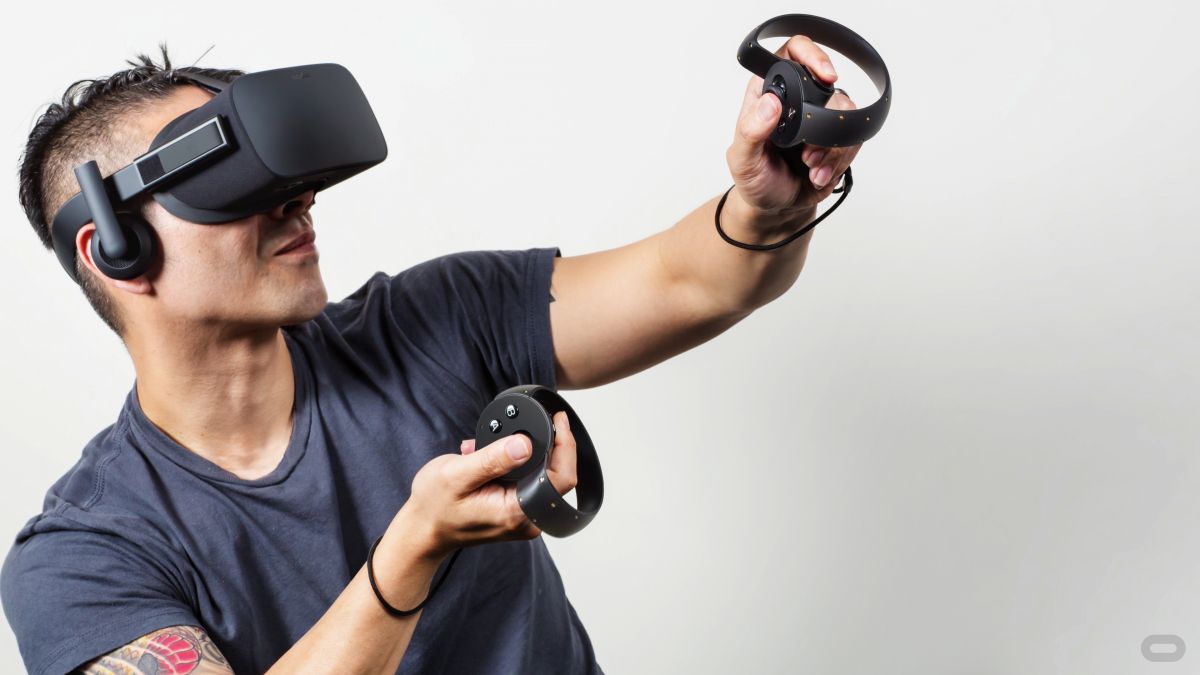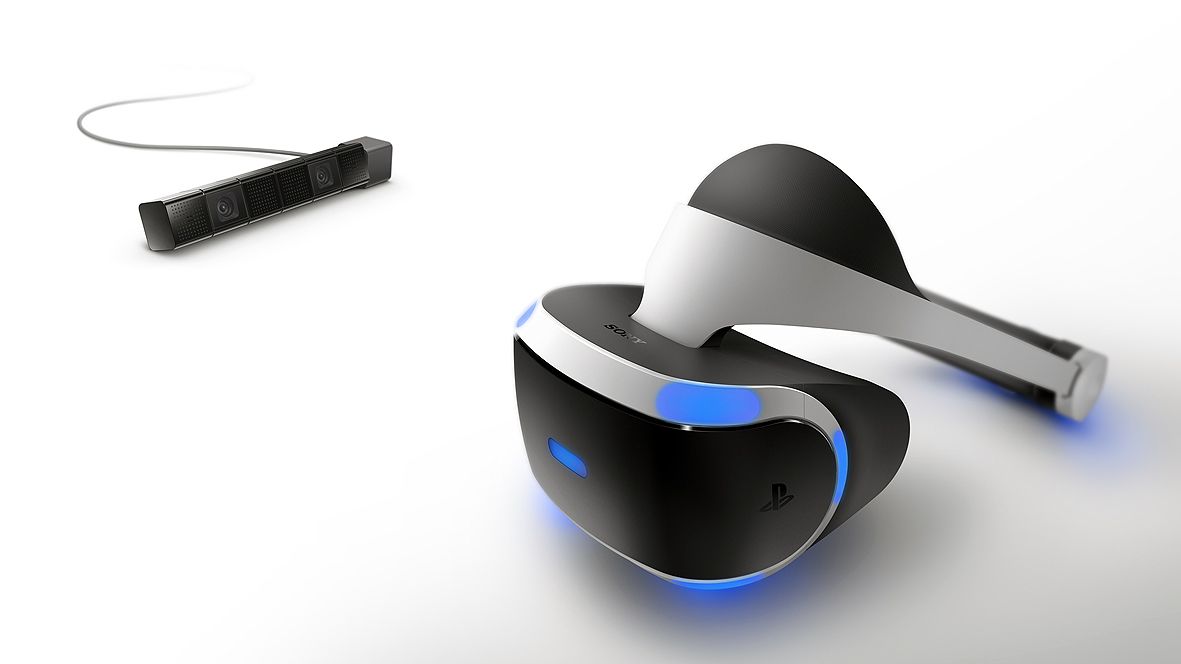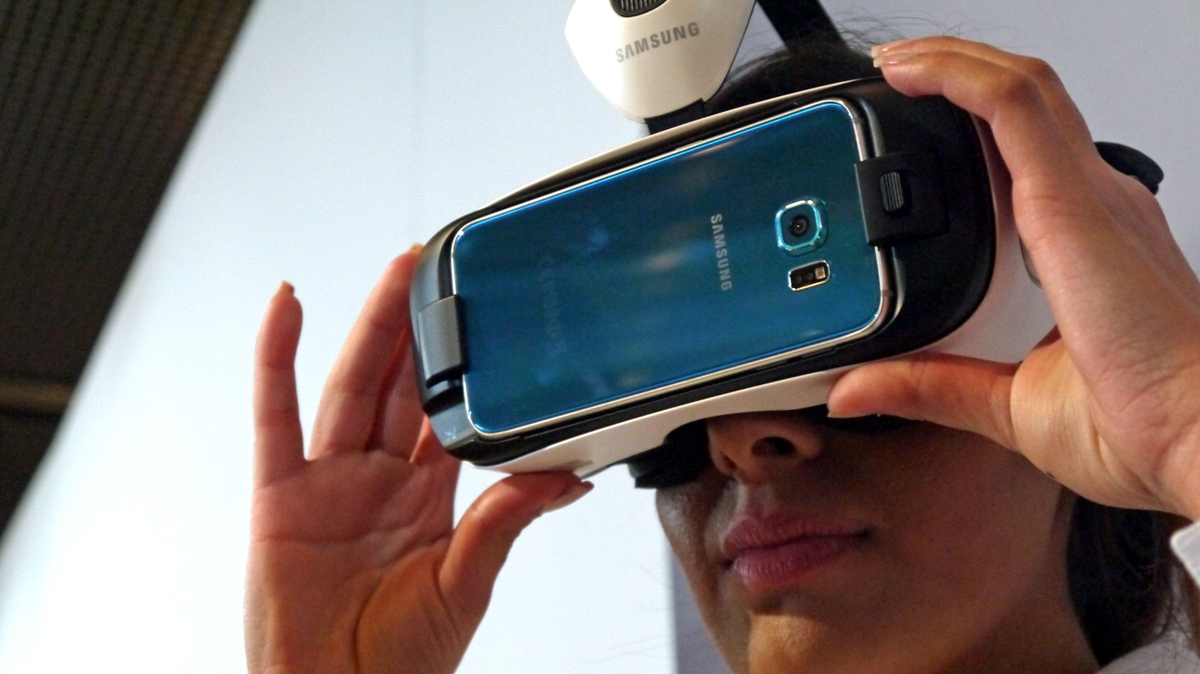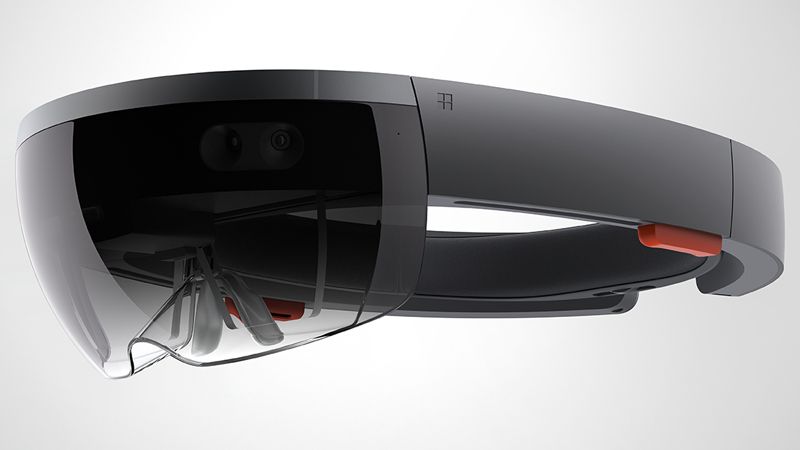
Introduction

Virtual Reality (VR) is the most hyped technology of 2016, and in the coming months we’ll see early adopters spending huge amounts of money on huge glasses to strap to their heads.
But there’s more to VR than what you see. There’s how you move around, how you interact with objects and how you go pew-pew-pew when you’re playing a VR shooter.
Each of the big consumer VR players has a slightly different approach to controllers, and those differences can make for surprisingly different VR experiences. Let’s discover what the options are and explore all this in more depth.
HTC Vive

The Vive’s wireless controllers remind us of slightly less gaudy PlayStation Move sticks, and they’re essentially redesigned Steam Machine controllers made for stand-up rather than sit-down play.
The controllers are motion-tracked and include a trackpad with haptic feedback, a two-stage finger trigger, squeeze buttons and a home button. They’re wireless and should last for around four hours on a single charge, and they can be tracked around a 15 x 15-foot room. That’s three times larger than the space tracked by Oculus VR.
The Vive’s controllers are very accurate and definitely make the VR experience more realistic, but some early testers found them a little uncomfortable for smaller hands and the need to hold them like handles might not be ideal for sufferers of RSI.
The Vive controllers have one big advantage over some rivals – they’re bundled with every system. That means developers can be 100% confident that they’re the controllers people have sitting around, and they can design their apps accordingly. That isn’t the case for other VR platforms, some of which don’t have dedicated controllers at all.
Oculus Rift

Oculus calls its controllers Oculus Touch, and they look rather like somebody sawed a DualShock controller in half and stuck handles on each bit. Each controller has action buttons, a thumbstick and an analogue trigger, a grip button and motion tracking, and early testers report that they’re both comfortable and accurate, feeling more like a traditional gamepad than other options.
The controllers can be tracked around a 5 x 5-foot space, enabling you to control VR by ducking and diving as well as waving your hands around.
There’s a big problem, though, and that’s timing: the Touch controllers won’t be ready when the Oculus Rift ships, and that means they’re optional – like the Kinect became with the Xbox One. Remember how every Xbox owner rushed out to get one? Exactly. That’s a worry for developers, because it means that they can’t be certain any given user will have Touch controllers, and it’s a worry for consumers if developers don’t see Oculus Touch as a key part of the system.
There are signs of that happening already – while the rival Vive system can also be played with a standard game controller, most of the VR demos we’ve seen for the platform so far have used the magic wands. On Oculus, more demos have used the Xbox One controller.
PlayStation VR

Sony’s VR controller has been hiding in plain sight for years – it’s the Move, which launched in 2009. Sony hasn’t been time travelling; it developed the Move with VR in mind, even though it didn’t have a VR product. That’s good, because lots of us are already familiar with Move, but it’s bad because Move lacks the flexibility and VR-ness of dedicated VR controllers such as Oculus Touch.
Where those controllers feel like extensions of your hands, Move feels like it always did – like you’re waving a couple of remote controls around. You could always use a DualShock 4 instead, but while that’s a great gaming controller it doesn’t deliver the same immersion as two separate hand controllers. Surprisingly enough, it feels like playing any other PlayStation game.
It’s becoming apparent that Sony is approaching VR from the opposite direction to HTC and Oculus. Their systems are designed solely for VR, but Sony’s taking an existing system – the PS4 – and adding VR to it. That’s not necessarily a bad thing, but Sony admits that its focus on making an affordable mass market product means that rivals may well deliver a better overall VR experience.
Gear VR

The Gear VR doesn’t actually have its own controllers – users are simply connecting third-party gamepads to control their virtual apps – but Samsung’s working on this: its Rink controllers were demoed at CES 2016 in January and supplemented with a video that raised more questions than it answered.
The Rink controllers look like big plastic knuckle dusters and seem to rely on an additional head-mounted sensor, presumably there to track their motion, and the demo suggested that the Gear VR will be able to mimic individual fingers rather than just whole hands – so for example you might type on a virtual keyboard.
It’s unclear whether Rink achieves that through individual sensors on the controllers or through watching your hands via the additional sensor, but it’s a clever idea – wiggling your fingers is a lot more intuitive than trying to remember which button you’re supposed to press.
It’s all very exciting, but it does seem rather far off too; the video shows that the system is clearly still very laggy, fairly imprecise and quite crash-prone. So far Rink feels more like a preview of Samsung’s thinking than a product that’s close to shipping any time soon – and that’s underlined by the fact it’s coming from Samsung’s Creative Lab, aka C-Lab, which creates experimental devices that may not make it into production.
The ones that didn’t make it

In this feature we’ve concentrated on the big four of consumer VR, but of course there are plenty of other systems available or in development for virtual/augmented reality.
Meta Glasses and Microsoft Hololens (pictured) overlay virtual imagery on the real world. Fove’s headset will use eye tracking to enable the system to “see” what you’re focusing on. Leap Motion offers gesture control for VR and desktop apps alike, while Sulon Q manages to cram a Windows 10 PC with voice and gesture support into a VR headset. And finally, Google Cardboard turns Android phones into headsets via the magic of paper.
The VR market’s getting awfully crowded already, often with incompatible systems, and that’s something OSVR hopes to address – for gamers, anyway. With backers including Razer, Leap Motion, Intel and Gearbox Software, OSVR hopes to forge a common standard for VR gaming to avoid fragmentation, incompatibility and consumer confusion.
Source: techradar.com










































Yep. Waste of a click. TechRadar riding on the Vive with meaningless articles. Nothing new.
God you're boring.
Click-bait article.